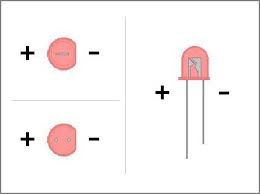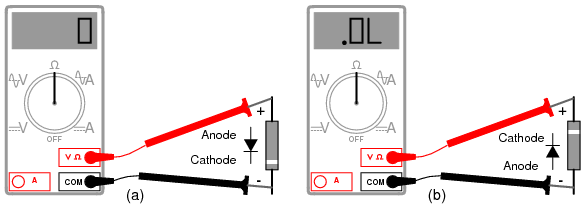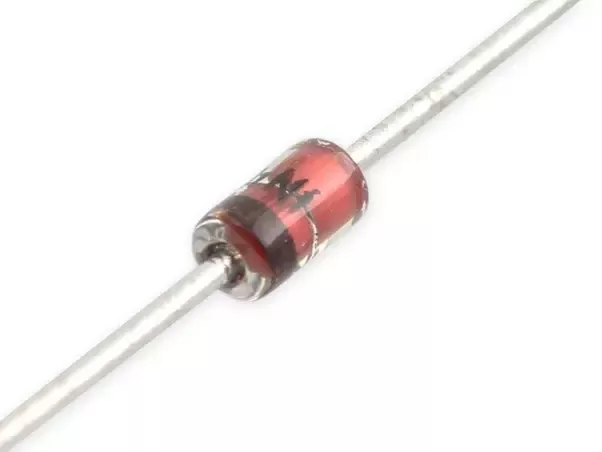A diode is a simple device that allows current to flow in one direction only. It is composed of a P-type semiconductor and an N-type semiconductor, which form a P-N junction interface. This creates a space charge region and an intrinsic electric field on both sides. Different manufacturers use different color codes for the anode and cathode of diodes, making it difficult for beginners to distinguish between the two. This article explains how to identify the anode and cathode of a diode. For a regular diode, the colored end marks the cathode.
For light-emitting diodes (LEDs), the longer leg is the anode (positive), and the shorter leg is the cathode (negative). If the legs are the same length, the larger internal structure is the cathode, and the smaller one is the anode. Some LEDs have a flat side; the lead nearest to the flat side is the cathode.





On printed circuit boards (PCBs), diodes are typically identified by silk-screen markings:

Regardless of the color code used by different manufacturers, the positions of the anode and cathode are fixed. You can determine the anode and cathode using an ohmmeter or by observing the leg lengths. For surface-mount diodes, observe the colored stripe; the side with the stripe is the cathode, and the other side is the anode. By mastering these methods, you can quickly and accurately identify the anode and cathode of a diode.

Enter your email to hear from us about Product list, Latest Products and Customer application examples!